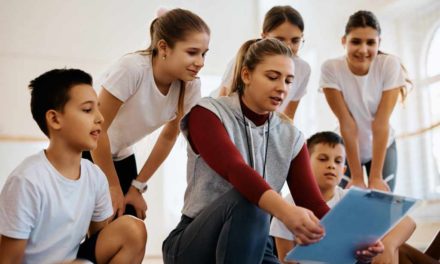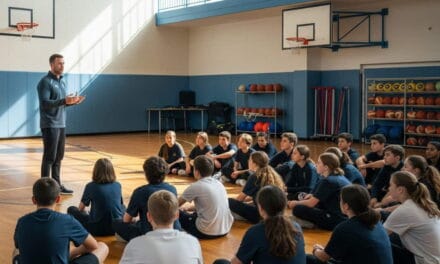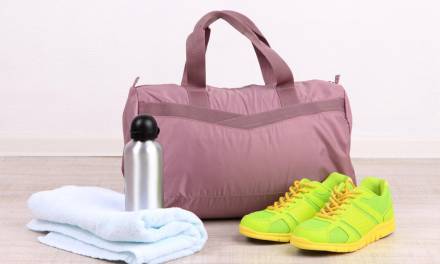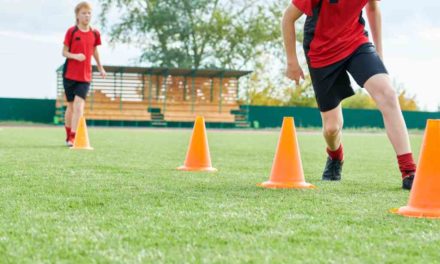Physical education has an essential role in enhancing the engagement of students within the school setting. Research published by Gray Treacy Hall established that physical education curriculums which are perceived by the students to be “socially and culturally relevant” are far more likely to see enhanced levels of engagement than those which are less relevant. The research also suggests that the most engaged pupils were those who engaged in pupil feedback and felt like their voices were being heard. In a school setting this could take the form of a simple questionnaire asking pupils which activities they enjoy or don’t enjoy in P.E. lessons, what perceived barriers there are to participation, such as kit issues or outdoor lessons, and what new activities they would like to see included within the curriculum.
The direct impact of pupils being engaged in P.E. lessons may include pupils subsequently being in a calm and relaxed state of mind for the following classroom lessons. Other benefits may include the release of feel-good endorphins which leads to improved mood, and the development of motivational traits within physical education lessons which may benefit pupils in the whole school setting.
Include high-quality teaching
Unsurprisingly, vast amounts of research suggest that high-quality teaching underpins pupils’ engagement – both in the classroom and in practical lessons. Specifically in the physical education environment, highly engaged students were taught in environments which included more whole-group teaching, a higher frequency of pupil-teacher interaction and regular instruction. As well as the essential components listed previously, the research also states the importance of the close proximity of the teacher. In a P.E. setting this reinforces the importance of circulating around your teaching area and constantly engaging with pupils.
Simply being present will facilitate a positive learning environment as pupils are far more likely to remain on-task with the desire to impress the educator. This will also reduce the opportunities for pupils to upset one another, which could eventually lead to disengagement. Moving around the workspace will provide the educator with a great opportunity to provide feedback and regular instruction to maintain focus and engagement within the lesson.
Build rapport in physical education
Finally, it is always important to remember that your P.E. lesson is usually only one of 3 or 4 opportunities per week for those less academic students to demonstrate high levels of attainment. Focus on building positive relationships with these students and give praise when it is deserved. This is the student cohort which often fails to thrive around school and may struggle to receive positive feedback in other subjects. Your lesson is a fantastic opportunity to put that pupil in the right state of mind whilst developing those social skills that other subjects simply cannot. This will hopefully have a long-term positive impact on that child enabling them to have success in other subjects as well. However, always remember never to give false praise. Pupils are very perceptive and will work out very quickly whether the praise is genuine or not! False praise, or high praise for completing very simple tasks, can result in the opposite effect of what you are trying to achieve.
If you would like some lesson plans and schemes of work that can engage your learners then visit PE Office resources. The information is downloadable and can help reduce workload whilst simultaneously engaging your learners.










